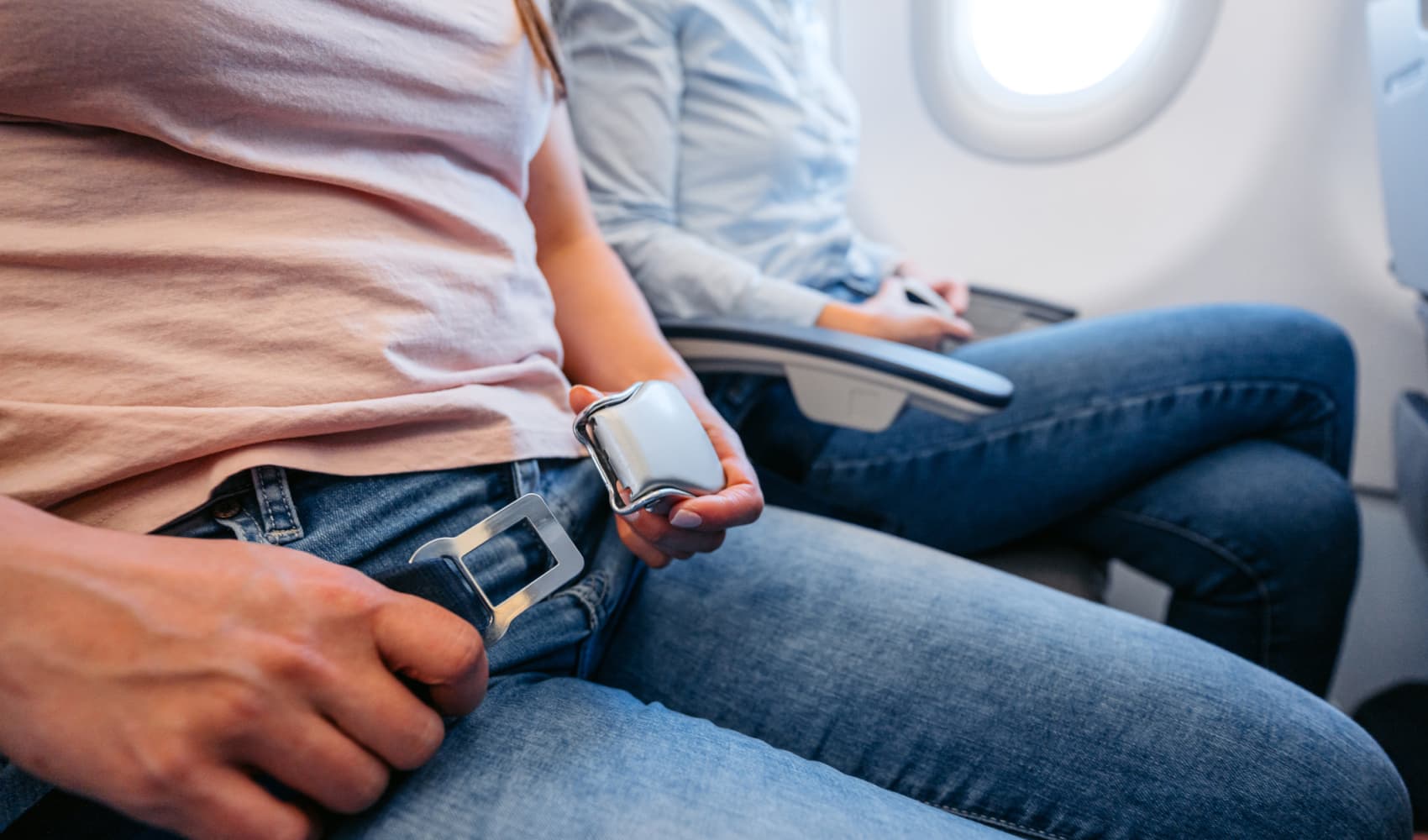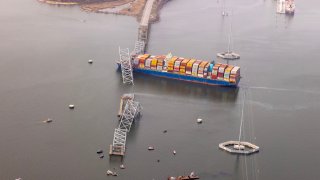
- Logistics providers are urgently working to update clients on the status of their imports and exports after the Port of Baltimore was shut down.
- The city's Francis Scott Key Bridge collapsed early Tuesday after the 10,000 container-capacity vessel Dali collided with a bridge pillar. Rescue efforts are underway.
- "There will be dozens of diversions in the next week and hundreds in the coming months as long as Baltimore is shut down," said Richard Meade, editor-in-chief of the shipping journal Lloyd's List.
Logistics companies up and down the East Coast were urgently relaying messages back and forth to clients Tuesday on the status of their imports and exports after the Port of Baltimore was shut down in response to the collapse of the city's Francis Scott Key Bridge. A massive rescue effort was underway Tuesday morning.
"Our first priority is engaging clients to make plans for containers that were originally routed to Baltimore that will be discharged at other ports on the Eastern Seaboard," explained Paul Brashier, vice president of drayage and intermodal for ITS Logistics.
"These diverted volumes will impact the ports of New York/New Jersey, Norfolk and the Southeast and we have to prepare trucking and transload capacity to get that freight to its intended network," Brashier said.
The 10,000 container-capacity vessel Dali was on its way out of the Port of Baltimore in the early hours Tuesday, heading to Colombo, Sri Lanka, when it collided with a bridge pillar. At the time of the collision, the vessel had two pilots from the Port of Baltimore on board.
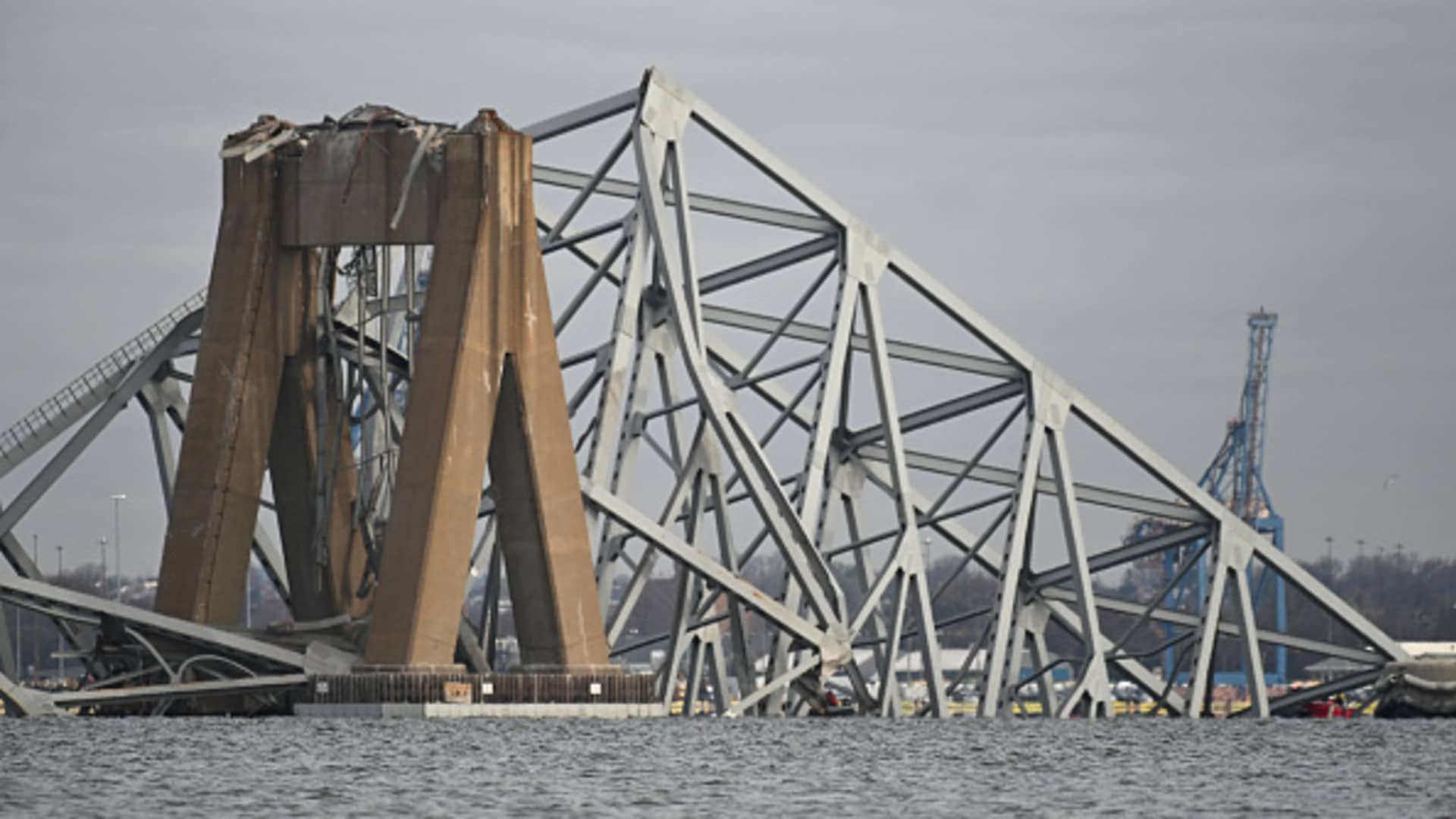
"The immediate impact is with the cargo on board and its accessibility. Other planned shipments through Baltimore will likely be rerouted, potentially increasing cargo flow to New York, Norfolk, and nearby ports," said Goetz Alebrand, senior vice president and head of ocean freight for the Americas at DHL Global Forwarding. "Bulk and car carriers reliant on Baltimore must assess operations in the event of a prolonged closure."
Money Report
More than 52 million tons of foreign cargo, worth some $80 billion were transported out of the port last year, according to Maryland Gov. Wes Moore. The 11th largest port in the nation, Baltimore served an average of 207 calls a month last year, according to the shipping journal Lloyd's List.
Get a weekly recap of the latest San Francisco Bay Area housing news. >Sign up for NBC Bay Area’s Housing Deconstructed newsletter.
Top port for auto shipping
The Port of Baltimore is the top American port for the import and export of autos and light trucks, as well as wheeled farm vehicles and construction machinery.
Last year, the port handled 847,158 cars and light trucks, according to data from the port. It was the 13th consecutive year that Baltimore led all U.S. ports in the import of cars and light trucks. Other top imports include sugar and gypsum.
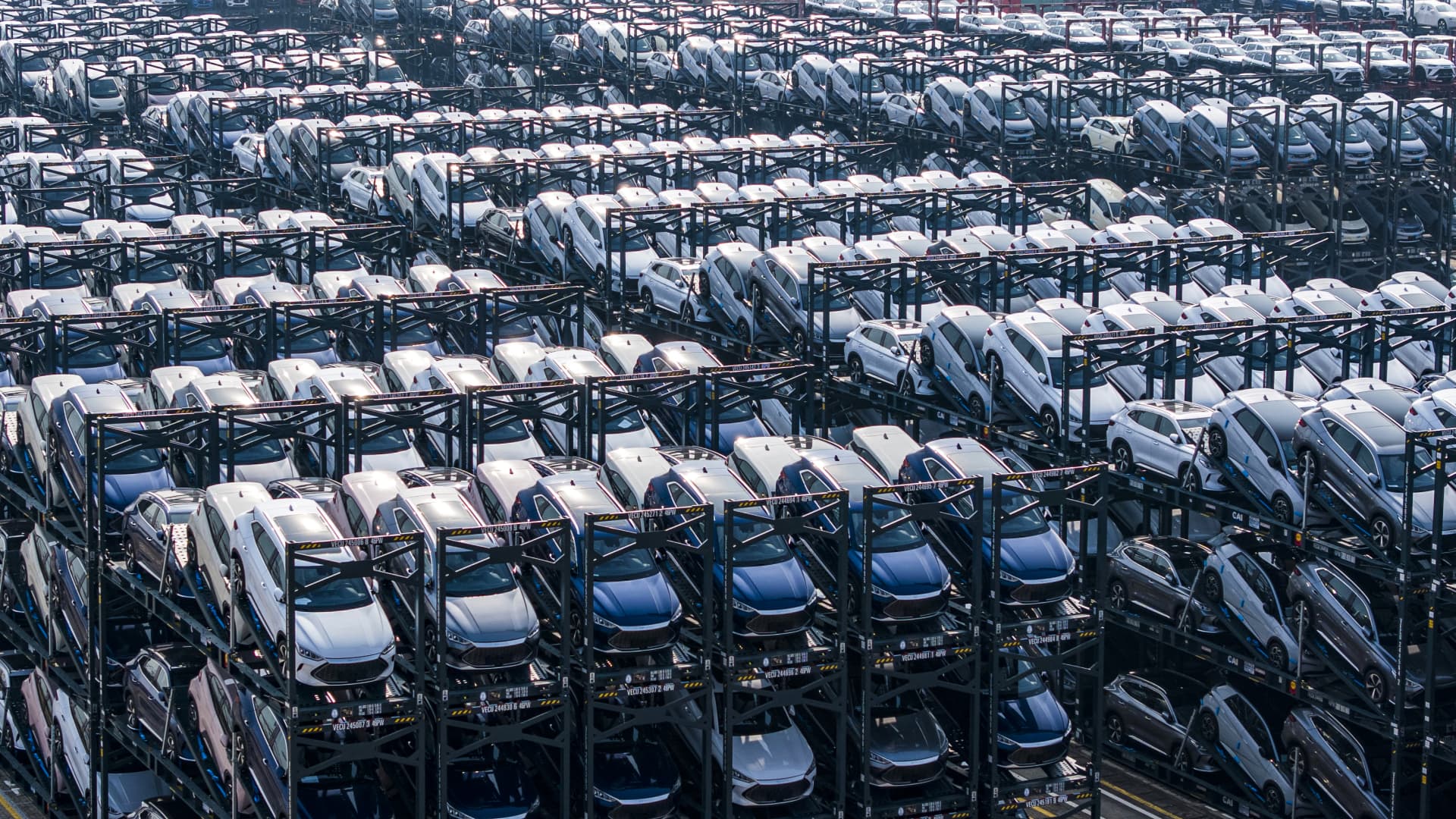
Breaking out the trade, $23 billion of the port's total $55.2 billion of imports in 2023 were autos and light trucks. Around $4.8 billion of the port's exports were motor vehicles.
"As Baltimore is less container-centric primarily a roll-on/roll-off port, this disruption should create possible flatbed and auto volumes out of other ports on the East Coast," said D'Andrae Larry, head of intermodal for Uber Freight.
Following the collapse, said Larry, the bridge and port will likely be out of service for months forcing shipments to divert first to ports in New York and New Jersey, followed by Norfolk, Virginia. Other ports would be Georgia and South Carolina.
"Customers will be looking for solutions for their freight that typically goes through Maryland, the mid-Atlantic, the upper Midwest and New England," he said. "There are less intermodal options around Baltimore, but shippers can now turn to intermodal for inland moves as an alternative."
Diversion of trade traffic
Retailers like Home Depot, Bob's Furniture, IKEA, and Amazon are just some of the companies that use the port to import goods. Other top imports include sugar and gypsum.
"This will have an impact for trade all along the East Coast and it will continue until we know how quickly" the port can reopen, said Richard Meade, editor-in-chief of the shipping journal Lloyd's List.
Vessels were already being diverted to New York and down to Virginia on Tuesday, said Meade. "There will be dozens of diversions in the next week and hundreds in the coming months as long as Baltimore is shut down."
Matt Castle, VP for Global Forwarding at C.H. Robinson, explained to CNBC that there should be minimal delays for trucks coming into the port area from the north. "But for trucks coming into the area from the south, they'll have to take the I-95 or I-895 tunnels or navigate around the harbor. That puts them closer to metro Baltimore and adds potentially an hour to their trips."
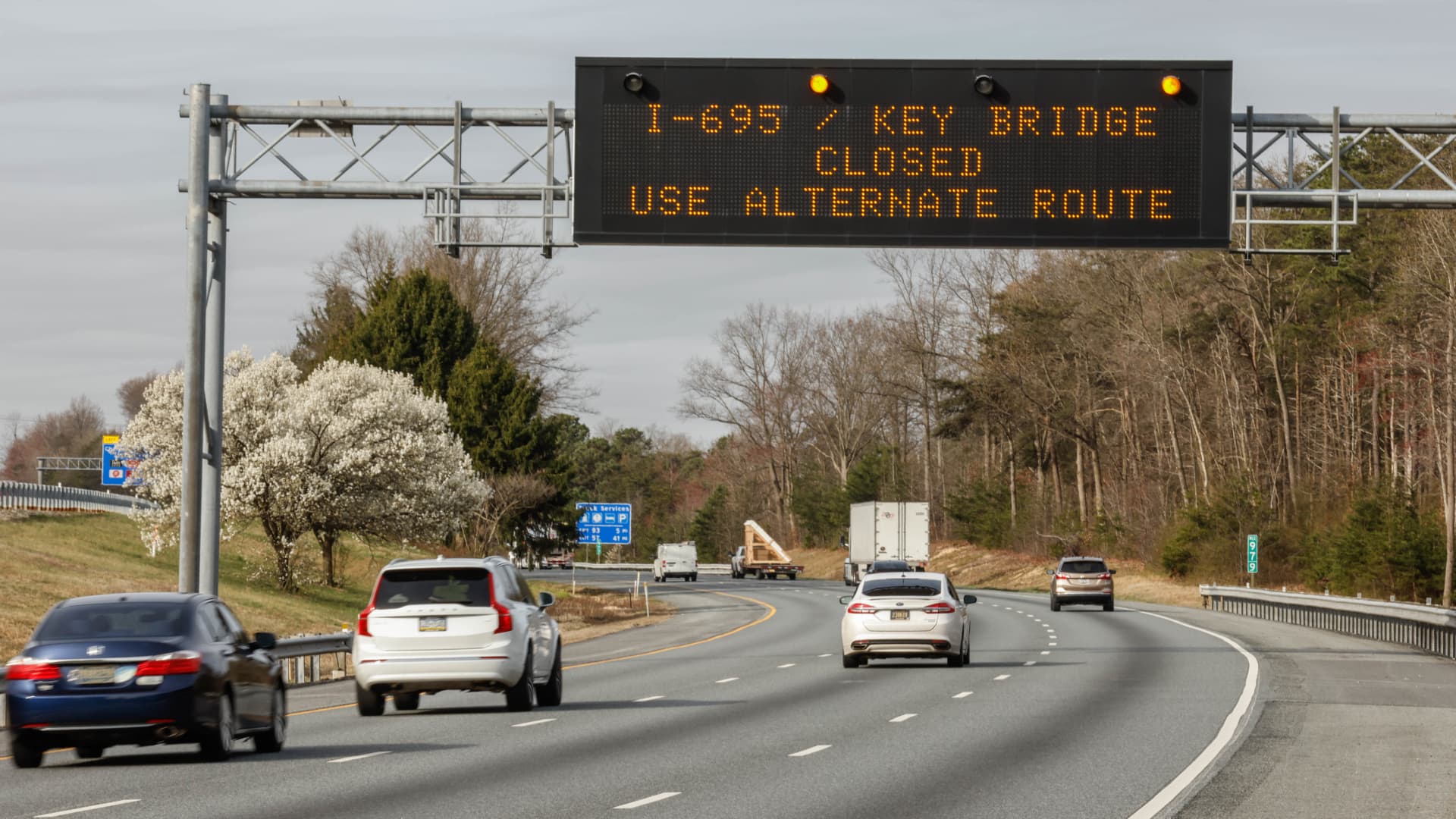
"It will be expensive, but it is not a supply chain story like the EverGiven (which was stuck in the Suez Canal) because ocean carriers will find alternative routes," said Meade. "Logistically, ocean carriers and trucking have the ability to be pretty adapt and agile."
The Dali was chartered by Maersk, which issued a customer advisory Tuesday.
"It will not be possible to reach the Helen Delich Bentley port of Baltimore for the time being. In line with this, we are omitting Baltimore on all our services for the foreseeable future, until it is deemed safe for passage through this area," the company said.
"For cargo already on water, we will omit the port, and will discharge cargo set for Baltimore, in nearby ports. Please note that for cargo set to discharge in Baltimore, delays may occur, as they will need to discharge in other ports," the Maersk advisory said.
Energy delays
There could also be disruptions to coal supplies, as well as to gasoline availability in the Baltimore area, since some ethanol comes in by barge and rail.
"Gasoline shipped from Gulf Coast refineries by pipeline is blended with 10% ethanol which is delivered into the Baltimore area via train and barge," said Andy Lipow, president of Lipow Oil Associates. "The oil industry will have to find alternate supply routes for those barge deliveries which in the short term can be met by trucking it in from Philadelphia."
Lipow said jet fuel and diesel fuel supplies would likely be unaffected. But the diversions will all create additional costs in both shipping and trucking once the rerouting is done.
Rail giant CSX, which moves much of the coal that arrives in containers at the Port of Baltimore, said Tuesday that customers should expect potential delays from the collapse.
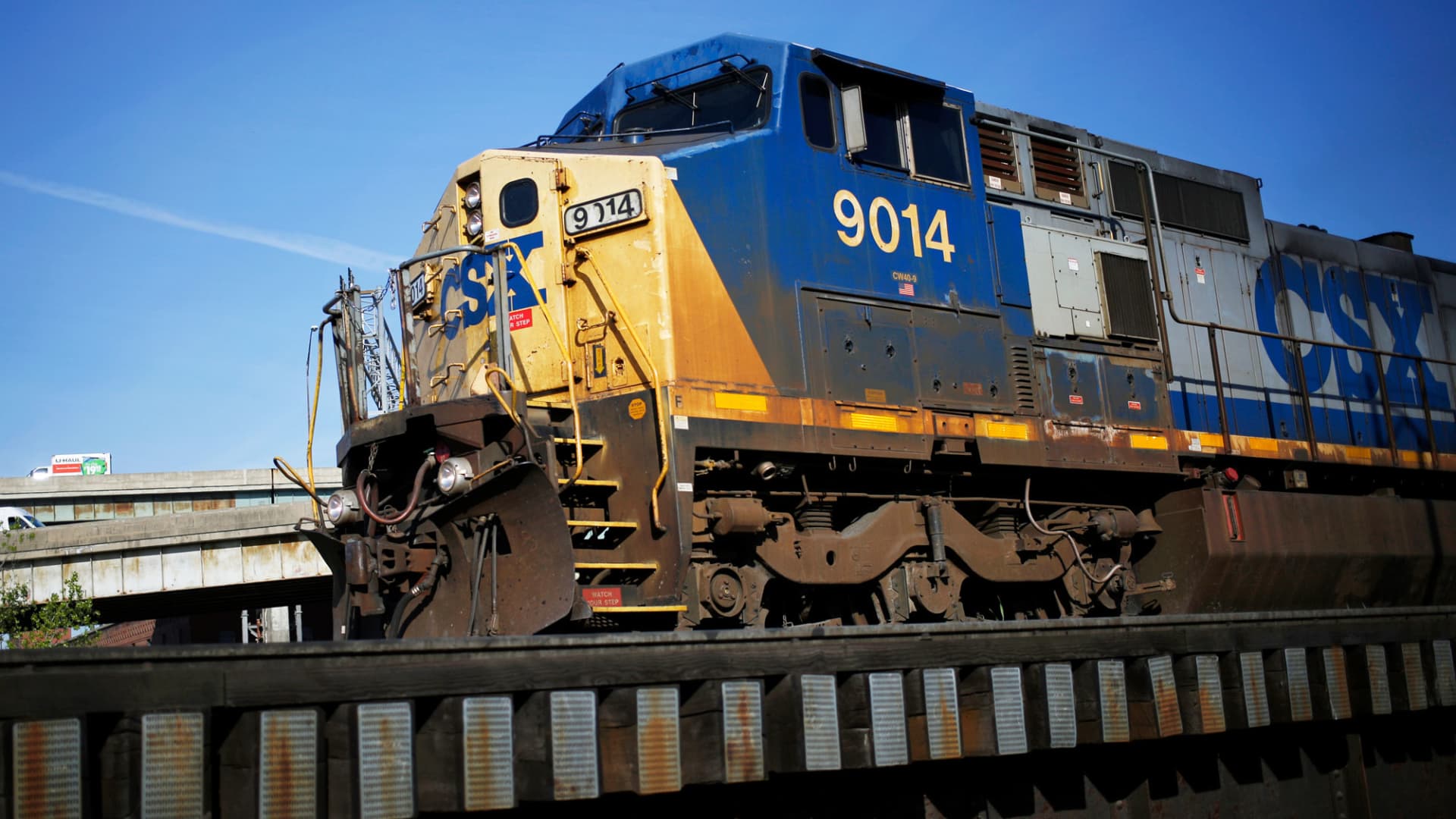
In a statement, the company said it has "the capacity to dispatch additional trains to CSX-served coal terminals, in Baltimore before reaching its space limits."
But CSX cautioned that, "all international intermodal shipments destined for Baltimore have been temporarily suspended. Containers originating from other locations and destined for Baltimore are on hold until further notice. Domestic intermodal traffic on CSX destined for local Baltimore remains unaffected."
Norfolk Southern said in a statement that the company was "working directly with affected international customers, port partners, and state officials to help maintain the integrity of the global supply chain."
"Ports on the East Coast are resilient and have the capacity to serve the flow of freight," the company said.
Castle, of C.H. Robinson, said he expects rail services to return later this week.
In the meantime, "Ocean containers headed to the port, primarily from Chicago, will pile up and not be able to move outbound for export."
"The good news for customers with containers that had already arrived at the port is that we can get drivers in to access their freight," said Castle. "Same for cargo that had arrived by ship before the bridge collapse and was already loaded onto trains waiting to move inland."
Impact on exporters
If exporters choose not to wait until the waterway reopens, they could face increased trucking and rail rates if volumes are rerouted by truck or rail to alternate ports like Norfolk, or New York/New Jersey, said Judah Levine, head of research for Freightos.
Top exports out of Baltimore include coal, natural gas, aerospace parts, construction machinery, agricultural components and soybeans. It is the second-busiest port for coal exports
after Hampton Roads, Virginia, according to Wolfe Research.
"The collapse of the Baltimore bridge primarily affects coal exports from CNX and CSX terminals," said Madeleine Overgaard, dry market data manager for the global trade data platform Kpler. "Additionally, gypsum and sugar imports into the port of Baltimore will also be disrupted."
"The alternate ports will also be used for arriving imports," said Levine. "These should be able to handle the extra volumes, though re-routing could lead to some congestion or delays for importers, potentially impacting freight rates on the Asia-U.S. East Coast and transatlantic routes."
Early cost estimates
Asia-U.S. East Coast shipping rates are already elevated, due to diversions away from the Red Sea after months of Houthi attacks on international shipping vessels.
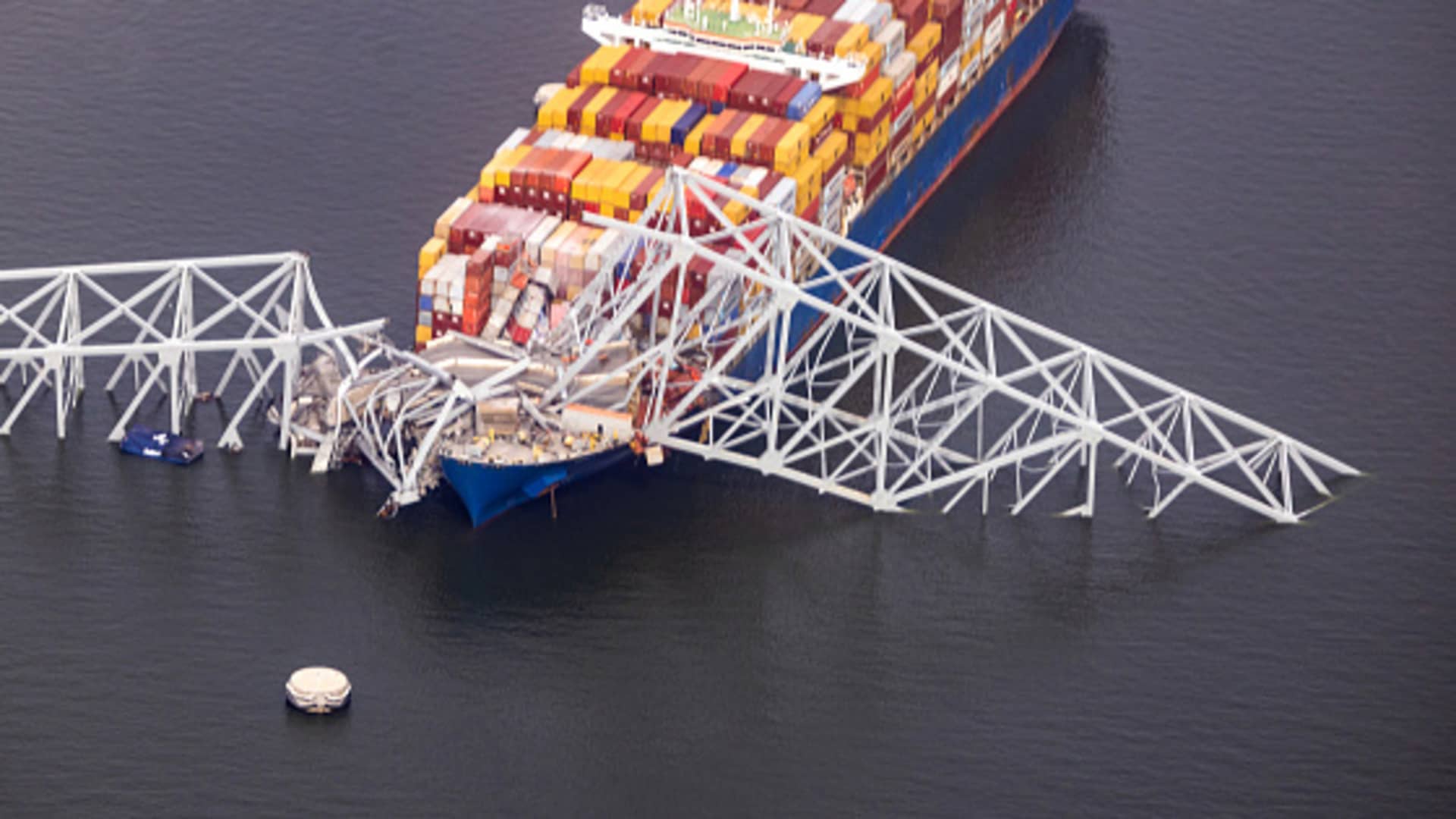
But they have fallen from their peak, as demand has eased and carriers have made adjustments for the longer voyages. As of Tuesday, transatlantic rates were about even with 2019 levels, around $1,659/FEU (40 equivalent units).
While trade is nimble and will reroute, over the long term the bridge will need to be fundamentally engineered and rebuilt, and that will take years.
"It will be in excess of two years," said Meade, of Lloyd's List. "There will be significant disruption and cost to this infrastructure project. In 1977, the bridge cost $60 million. Take in inflation and the rapid pace to redesign and build will increase procurement premiums. This will be a very expensive project."
The Dali is insured by Britannia Steam Ship Insurance, and operated by charter vessel company Synergy Group. The vessel is owned by Great Ocean Investment.
"Britannia Steam Ship insurance is a mutual [protection and indemnity group] which means risks are pooled by the industry," said Meade.
"Britannia will be liable for the first $10 million. Collectively, the overspill goes into the pooling mechanism by the industry, and then there's reinsurance," Meade said.



